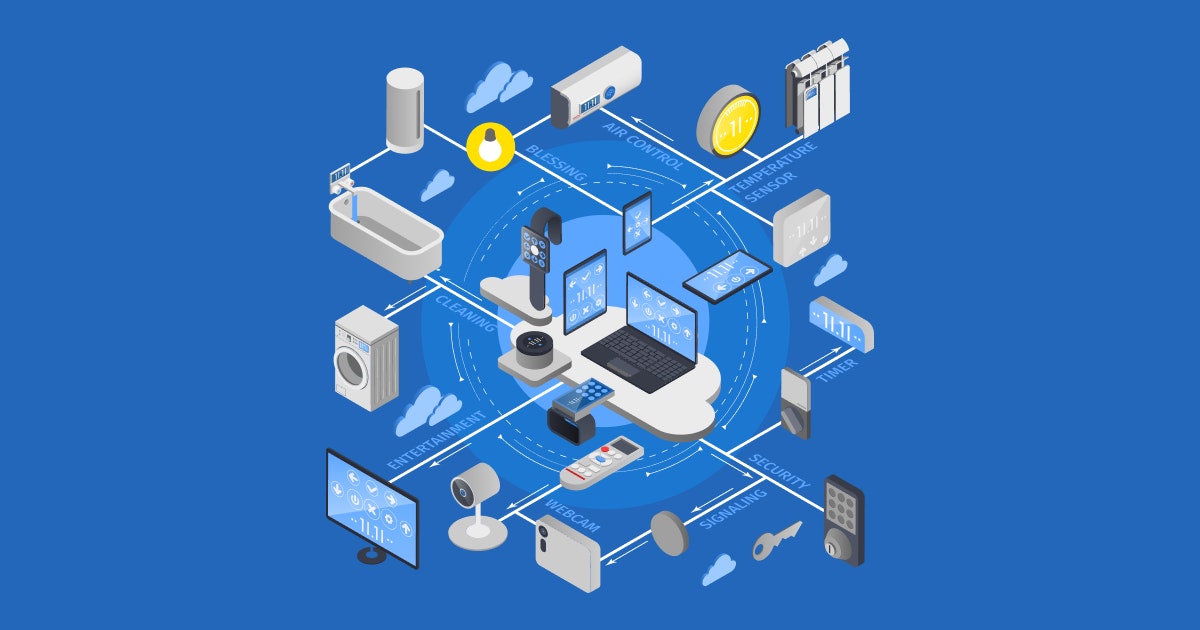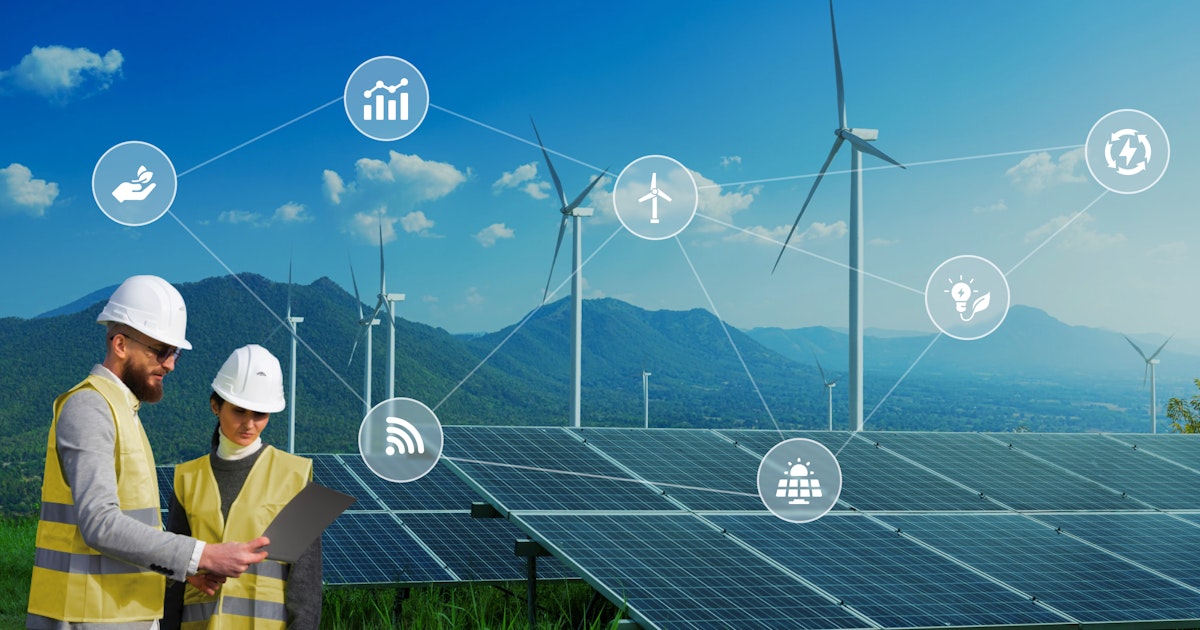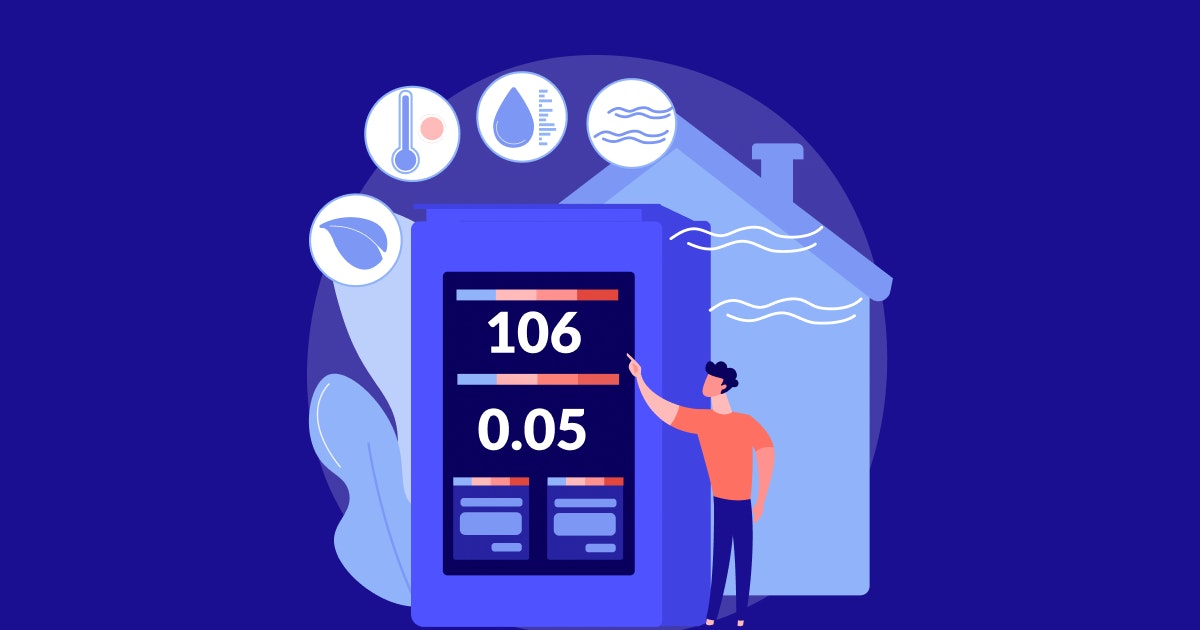Table of Content
Unless you have been living under a rock, you will know that more energy from the sun falls on the Earth in one hour compared to the total amount of energy used worldwide in one year. Solar energy is indeed powerful and can be used for heating, cooling, and electricity purposes.
Solar energy production is pollution-free, cost-effective, and environmentally sustainable. The rise in a solar plant setup has resulted in immense opportunities for employment across the globe. In fact, solar plants are employing more people than the coal industry.
That shows our inclination toward solar energy is helpful in every aspect - the environment to the economy. However, come to think of it, solar technology is still at an infant stage.
Multiple research projects and innovations are happening round-the-clock to improve the efficiency of solar cells, minimize the cost of manufacturing solar panels, and optimize the power distribution from solar plants.
Although as technology advances, the cost of renewable energy equipment decreases globally and enables large-scale solar photovoltaic installations. Constant supervision is required to enhance the performance, monitoring, and maintenance of the solar plants.
That is because most of the plants are deployed at inaccessible locations and, therefore, need to be monitored from a safe zone remotely and in real time. That is where using the Internet of Things (IoT) makes a lot of sense.
What is IoT?
IoT refers to the fast-growing network of connected devices that collect and exchange real-time data using embedded low-cost sensors. Refrigerators, vehicles, lights, cars, and other physical objects can be connected to IoT temperature sensors or any kind of sensors over the Internet or other neural networks.
The use of IoT in solar energy
The use of IoT in solar energy
Even though solar technology has become popular because of higher availability, lower costs, and quick installation, the energy output is a barrier due to the widespread adoption of solar power. IoT electronics in agriculture can solve this problem to a great extent.
Regulating the power usage of solar panels is paramount. The primary parameters that affect the output of a solar energy solution are voltage, temperature, current, and irradiance. Therefore, it is imperative to strengthen the effectiveness of solar photovoltaic installation.
IoT apps in solar energy generation include smart IoT sensors linked to the production, transmission, and distribution devices. These devices enable solar investors or commercial clients to track and manage the operation in real-time remotely.
The solar panel monitoring system helps reduce our reliance on fossil fuels by manufacturing lightweight solar cells that can be attached to rooftops and on vehicles. Harnessing the sun's power and eliminating the dependency on local utility companies are possible.
In a nutshell, IoT makes things quite smart and user-friendly, utilizing cloud platforms and a protocol stack, allowing the solar photovoltaic system to gather, monitor, and exchange real-time data. IoT-based solar panel tracking is made for online simulation and performance improvement. The technologies in agriculture are booming!
One can initiate preventative maintenance and identify the cause of the accident and the breakdown's location. IoT-based solar panel tracking helps one gauge and study usage trends using the data generated from the IoT systems for agriculture.
All in all, IoT holds great importance when it comes to solar power production monitoring. As the world becomes more environmentally conscious, it will look for ways to support the objective. And IoT is an excellent option for doing so.
Let's Optimize Your Solar Power Production Monitoring with IoT Solutions!
Let's Get StartedThe right components in an IoT-enabled solar power monitor
Components in an IoT -enabled solar power monitor
You can easily monitor and spot faults in a typical solar photovoltaic installation, thanks to a solar monitor. That is why the component selection is essential for designing such a system. Given below are the critical components in an IoT-enabled solar power monitor:
1. ESP32 dev board
For IoT-based apps, you have to choose the right type of development board. That will make it easier for you to process the data from the analog pins and send it through any connection protocol such as the cloud services or WiFi.
ESP32 is such a popular choice because it is a low-cost microcontroller with tons of features. It combines Bluetooth and WiFi capabilities and dual-core. The ESP32 dev board can be found as a standalone chip or be used as a full-featured development board.
2. MPPT circuit
A solar circuit fetches higher voltage from the solar plant interactions and converts it down to a charging voltage so that it can charge the battery. You could use the LT3652 battery charger and embed it into the IoT-enabled systems for agriculture.
MPPT stands for Maximum Power Point Tracking, which comes in handy for low-power solar panel projects. The circuit helps charge a small lithium battery from a solar panel efficiently. Please note you do not have to use the MPPT circuit necessarily.
Any solar circuit will work in this regard and enable a successful plant growth. It should just be able to work with any temperature sensor.
3. Shunt resistor
In the International System of Units, the "ohm" is the standard unit of electrical resistance. Any resistor follows the ohm's law. That means if a certain amount of current flows via the resistor, a specific amount of voltage drop will happen.
Shunt resistors do the same thing and are specifically used for measuring the current energy flow. It would be best to choose an appropriate shunt resistor depending on the nominal current flow through the solar panel and help in green house monitoring.
It should be able to produce an adequate amount of voltage that the microcontroller unit can measure. However, you also need to select a shunt resistor after checking its wattage. For instance, 1 watt is enough for power dissipation and works well for small projects.
Please note that it is advised to use a potentiometer to provide flexibility for choosing any solar panel with a higher or lower voltage rating. It should also be easily able to set the voltage using a millimeter.
4. Lithium battery
This one is obvious - your solar panels cannot function efficiently if they do not have a strong battery supporting them. You need to come up with a real solution, one that involves the use of solid hardware and not the usual Artificial Intelligence techniques.
Since the microcontroller unit remains in constant touch with the solar panels and transmits data using at least a hundred milliampere of current, the selection of the battery is vital for a stable operation.
Plus, the microcontroller should be able to remain powered up for 4-5 days even when the sun is not shining because of the monsoon. A lithium battery of 7.4v is preferred for any temperature sensor.
It is weird for someone to connect 100mA of load with a battery and enable a charge current that is less than that. To be on the safer side, it is best to have at least 5X more charging current than the load current.
An Introduction To IoT-Based Gas Leakage Detection And Monitoring Systems
Learn More5. Active WiFi connection
WiFi and IoT go hand-in-hand. WiFi plays a massive role in most IoT environments and enables more specialized protocols.
Many IoT applications in agriculture or the power grid, such as video-based apps for tracking crop yield, checking the health of the solar panels or simple environmental monitoring, need a wireless broadband network deployed to enable other requirements such as low latency.
WiFi can be uniquely placed for supporting narrowband IoT apps from a common platform that can work at varying levels of signal range and electrical grid consumption.
In fact, the next release of 5G standards will optimize IoT-focused capabilities such as ultra-reliable low latency communications and reactive power.
6. Temperature sensors
How much sun the solar panel receives directly influences the energy output. That means the temperature of the panel has to be high. The moment a solar panel's temperature increases, the output current from the solar panel also gets a boost. The voltage output reduces linearly.
A temperature sensor is attached to any solar panel directly. When placed on the center backside of the panel, it accurately measures the panel's temperature. Thermocouples are the most commonly used wireless sensors for measuring temperature and can be placed directly on the panels.
7. Voltage divider
As the name suggests, a voltage divider divides the voltage per the microcontroller I/O voltage input. It is an integral part of the solar panel voltage measurement. If you are using an MPPT board circuit, it has a potentiometer that acts as a voltage divider with a division factor of 6V. If you are not using the MPPT board circuit, use a generic divider.
Setting up ThingSpeak - the open-source IoT solution
ThingSpeak is an IoT analytics platform solution that allows you to aggregate, visualize, and analyze live data streams on any of the cloud services. You have to create an account with ThingSpeak, go to the "My Channel" option, and then click on the "New Channel."
Add field names as per instructions and write the API key to the API Keys field. The key needs to be provided in the code and the channel ID. The steps will remain the same regardless of the technologies in agriculture you use.
Arduino IDE code for solar power monitoring using ESP32
The entire ESP32 solar power monitoring codebase begins with defining your SSID, Password, and other constant parameters. For instance, the thermistor nominal ohms should be at nominal temperature. You must, therefore, set it depending on the thermistor's datasheet.
You also need to add your ThingSpeak address (which you set up in the section above), channel ID, and the API key.
Other things are not required but are still helpful if data needs to be fetched from the interweb. The air temperature is produced from the thermistor leveraging a logarithmic formation, and the real-time information is read every 15 seconds.
Managing, testing, and intelligent monitoring IoT applications
Please ensure the usability of every device used in this scenario. The connected devices should be portable enough to be moved into different segments. The equipment must be smart enough to push out notifications - error messages, warnings, and so on.
More importantly, when the real-time information flows between devices, it is always possible to be accessed or read while getting transmitted. We need to check if the data is encrypted or protected when getting exchanged across devices from a testing standpoint.
Because you are dealing with solar panels and other equipment placed in inaccessible locations, it makes sense to have electrical connectivity at all times. For starters, the transfer of data should be seamless. It does not matter how robust the system is, it can go offline. It is technology!
Once the system goes offline, there has to be an alert that prompts you or the authorized party to review the issue and resolve it at the earliest from the project dashboard. Data loss should not be there. The IoT ecosystem should also be scalable even if you install just one solar panel for the time being.
You must ensure the IoT solution performs the same as a tester even though the added data is propagated. Test the environmental monitoring utility to display the electrical power usage, system usage, temperature, and so on. It should be compatible with all communication modes.
Run pilot tests to ensure the devices work well in simulated conditions or scenarios. It is a good practice because it helps you sort out all the regulatory requirements of the wireless sensor network platform.
Let's Develop an IoT-powered Solar Production Monitoring Application!
Explore ServicesOver to you
Solar is a rapidly growing renewable energy source, increasing its global capacity by an average of 40% every year. The primary use of IoT in solar energy is that you can exactly see what is happening with all your assets from a centralized admin panel.
By connecting your devices to the cloud, you can identify where the problem originated and resolve it remotely in real time before the operational workflow gets hampered.
Without IoT, it can be a bit challenging to determine whether the problem is hardware-related or network-related. IoT offers you the capability and intelligence to identify issues promptly and the best conducive conditions for energy production.
Suppose you are planning to build yourself an IoT application, including wireless technologies, network connectivity, edge devices, and cloud platforms and APIs in an integrated package.
Book a Free 45-minute Consultation with Our IoT Experts Today! Get a customized roadmap and strategies to leverage IoT for solar production monitoring.





